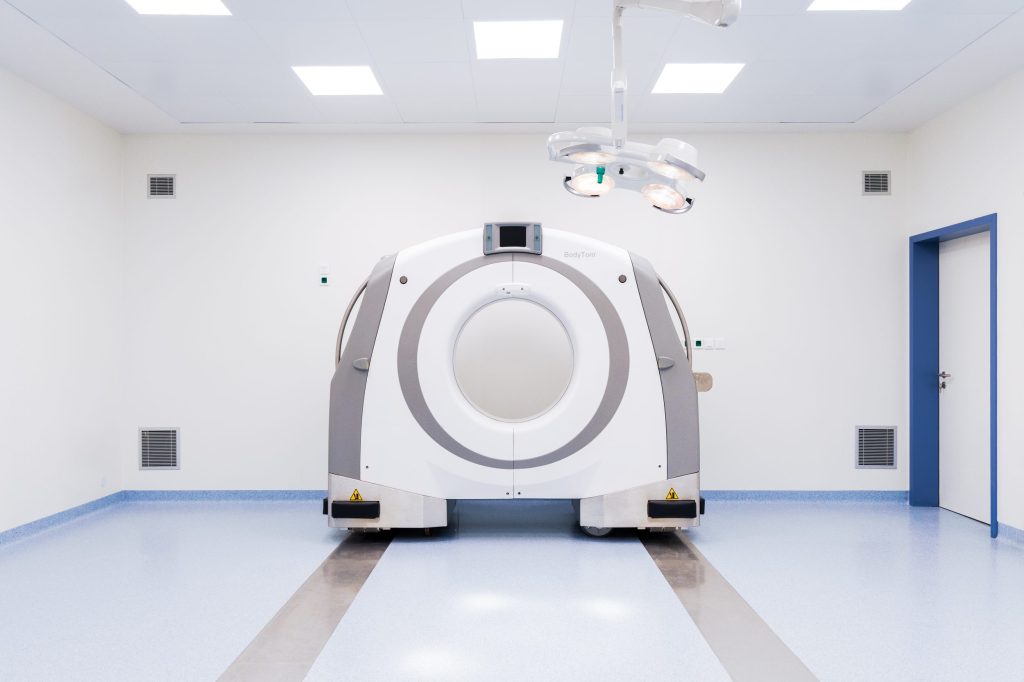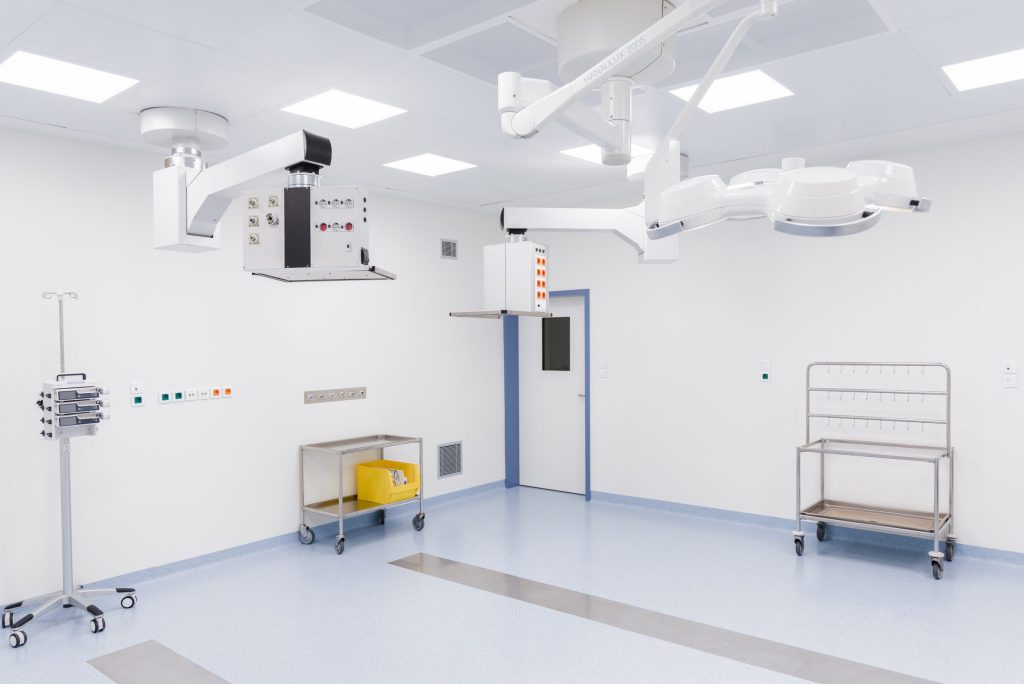Converting an Operating Room into a Hybrid Operating Room
The transformation of a conventional operating room into a hybrid operating room represents a significant advancement in modern surgical environments. A hybrid operating room seamlessly integrates traditional surgical capabilities with advanced imaging technologies, allowing multidisciplinary teams to perform complex procedures with greater precision and safety.

Key Benefits of a Hybrid Operating Room
- Enhanced Imaging Capabilities: Real-time, high-quality imaging enables surgeons to make informed decisions during procedures.
- Multidisciplinary Use: Supports various specialties such as cardiology, neurosurgery, and vascular surgery.
- Improved Patient Outcomes: Minimizes the need for multiple procedures, reducing recovery time and associated risks.
Conversion Process
- Assessment and Planning: Evaluate the existing infrastructure to determine compatibility with hybrid technology requirements.
- Structural Modifications: Adapt the physical space to accommodate imaging equipment, including lead-lined walls for radiation protection.
- System Integration: Ensure seamless interoperability between surgical tools, imaging devices, and IT systems.
- Staff Training: Equip medical teams with the knowledge to operate new technologies efficiently.

Challenges and Considerations
- Technical Complexity: Integrating advanced systems requires meticulous planning and expertise.
- Cost Factors: Significant investment is needed for equipment and facility upgrades.
- Workflow Adaptation: Modifying operational procedures to optimize the new hybrid environment.
A well-executed conversion enhances surgical capabilities, optimizes patient care, and positions medical facilities at the forefront of healthcare innovation.




